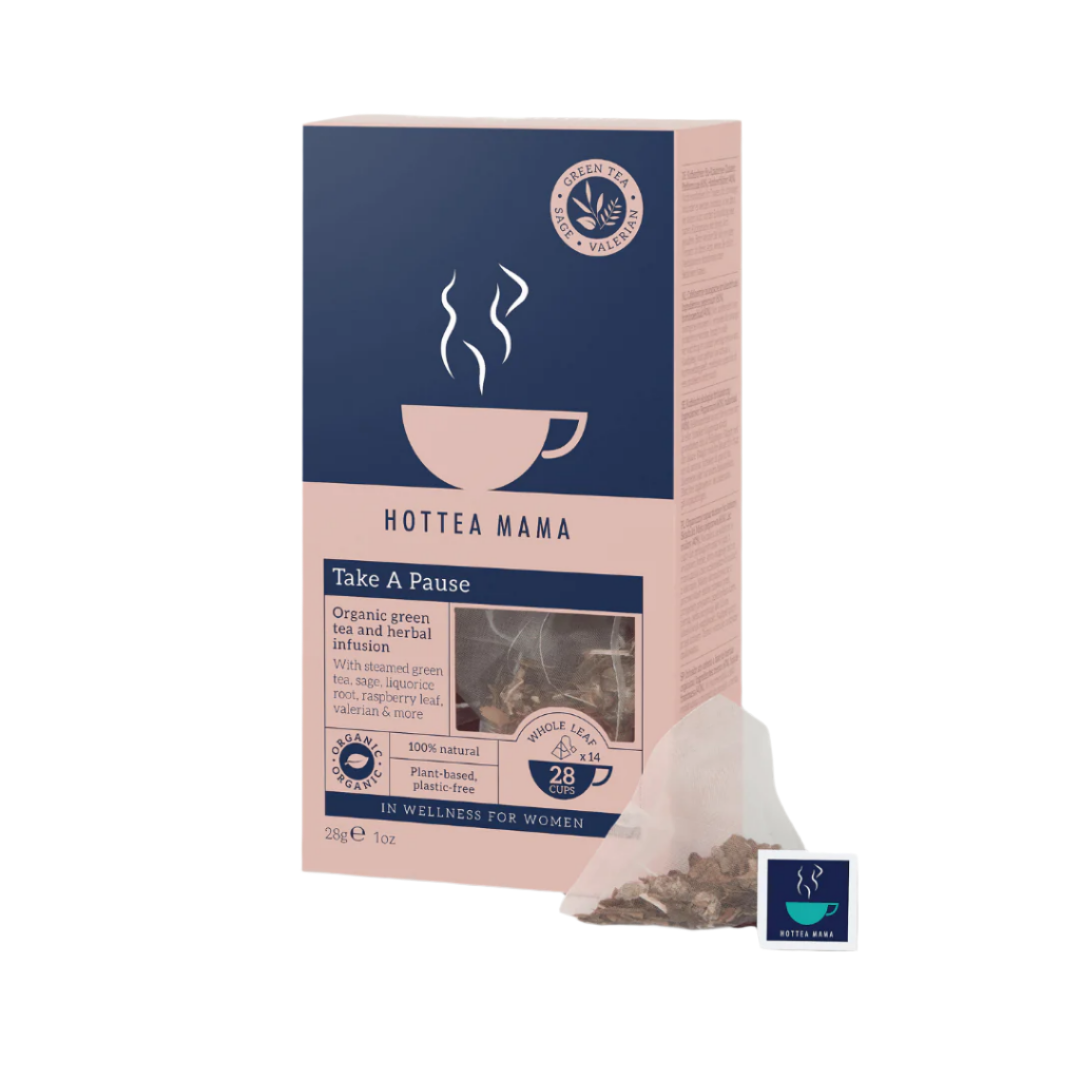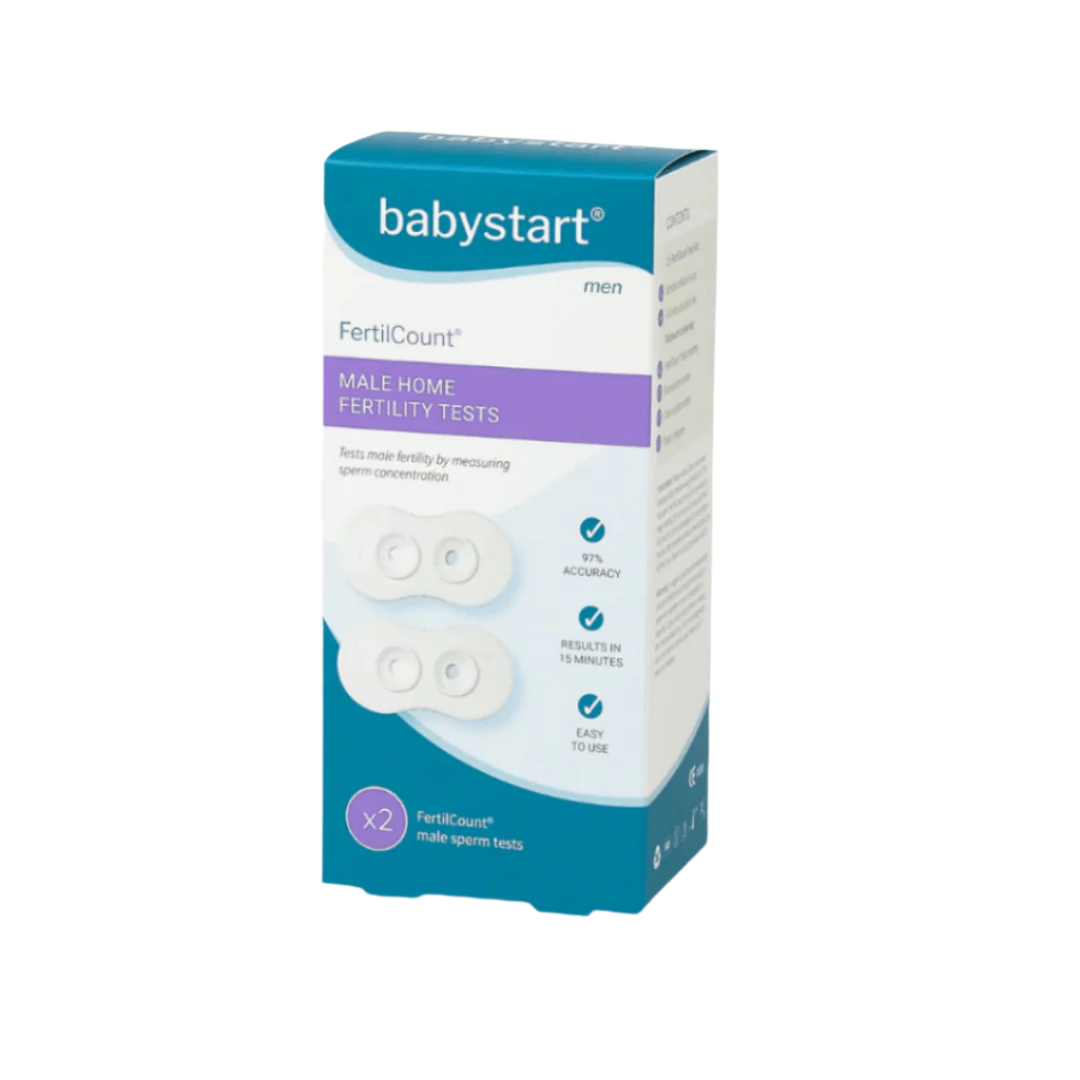When it comes to understanding your cycle, your body speaks in signals. Some are obvious - like your period arriving each month - while others are more subtle but just as powerful. One of the most useful and accessible signals is your Basal Body Temperature (BBT).
BBT tracking has been used for decades as a way to understand fertility, confirm ovulation, and uncover hormonal health patterns. Today, it’s easier than ever to incorporate into your daily routine thanks to smart thermometers and wearable tech.
If you’ve ever wondered what BBT tracking really is, how it works, and what it can tell you about your body, this guide will cover it all.
What Exactly Is BBT?
BBT stands for Basal Body Temperature - your lowest body temperature in a 24-hour period. It’s usually reached during deep sleep when your body is most at rest. That’s why it’s called basal - your body at its baseline, without the fluctuations that come with movement, eating, or even stress.
Tracking your BBT over time, you can see small but meaningful temperature shifts that reflect what’s happening hormonally throughout your menstrual cycle.
When and How Should You Measure It?
Technically, true BBT occurs during sleep. Traditionally, women used BBT thermometers to take their temperature first thing upon waking - before getting out of bed, moving around, or even drinking water. This provided a reasonably accurate reading of their basal temperature.
However, this method can be tricky. One restless night, a late bedtime, travel, alcohol, or illness can all skew the reading. That’s why continuous overnight tracking with wearable devices is now considered more accurate - it measures your temperature while you’re actually asleep, not after you’ve woken up.

Tips for accurate BBT tracking:
- Take your temperature at the same time every day (give or take an hour).
- Aim for at least 3 consecutive hours of sleep before measuring.
- Track consistently across your cycle, not just for a few days.
- Note external factors like stress, alcohol, or travel, which can affect results.
Why Is BBT Tracking Important?
BBT tracking isn’t just about numbers on a chart. It’s about what those numbers represent: hormonal changes.
Here’s what consistent BBT tracking can reveal:
1. Ovulation Has Occurred
After ovulation, progesterone levels rise. Progesterone is a heat-inducing hormone, which means your resting body temperature rises slightly - usually by 0.2–0.5°C (0.4–1.0°F). This confirms ovulation has already taken place, though it doesn’t predict it in advance.
2. Your Fertile Window
By identifying your temperature shift each cycle, you can work backwards to pinpoint your fertile window. Fertility is highest in the five days leading up to ovulation and the day of ovulation itself. While BBT can’t predict ovulation, combining it with other fertility awareness methods (like cervical mucus tracking) gives a clearer picture.
3. Luteal Phase Health
The luteal phase is the time between ovulation and your next period. BBT stays elevated throughout this phase. A healthy luteal phase usually lasts 10–16 days. If your luteal phase is consistently shorter, it may signal low progesterone or challenges with implantation.
4. Cycle Regularity & Patterns
Over several months, BBT tracking can reveal irregular cycles, late ovulation, or even anovulatory cycles (when no ovulation occurs). These insights are helpful whether you’re trying to conceive or simply want to better understand your menstrual health.
5. Possible Early Sign of Pregnancy
If your BBT stays elevated for 18 days or more after ovulation without your period arriving, it may be an early sign of pregnancy. While only a pregnancy test can confirm it, many women spot the first clue in their BBT charts.
6. Impact of Lifestyle Factors
Tracking over time also shows how stress, illness, poor sleep, or even time zone changes affect your cycle. It’s a reminder that your body and hormones respond to the world around you.
A Typical BBT Pattern Across the Cycle
To understand BBT tracking, it helps to know what a “normal” pattern looks like:
Menstrual Phase (Day 1–5)
BBT: Low and stable (36.1–36.4°C / 97.0–97.7°F).
Hormones: Oestrogen and progesterone are at their lowest.
Follicular Phase (Before Ovulation)
BBT: Remains in the lower range, with small fluctuations.
Hormones: Dominated by oestrogen, preparing the body for ovulation.
Ovulation (Mid-cycle)
BBT: Often a slight dip just before ovulation.
Then, a sharp rise (around 0.3–0.6°C) signals ovulation has occurred.
Hormones: Triggered by a surge in luteinising hormone (LH) and rising progesterone.
Luteal Phase (After Ovulation)
BBT: Elevated and stable (36.5–36.9°C / 97.7–98.4°F).
Hormones: Progesterone dominates, raising resting body temperature.
End of Cycle
If not pregnant: BBT drops sharply 1–2 days before your period.
If pregnant: BBT stays high beyond 16+ days post-ovulation.
On a chart: you’ll see a low range pre-ovulation, a clear thermal shift upward, and a higher range post-ovulation. That thermal shift is the key marker that ovulation occurred.

Why Consistency in BBT Tracking Matters
BBT tracking isn’t about perfection - one disrupted night or missed reading won’t ruin your chart. What matters is the pattern over time.
Consistent tracking builds a map of your body’s natural rhythm. This can:
- Help you recognise your unique fertile signs.
- Provide valuable information to discuss with a healthcare professional.
- Empower you to sync your lifestyle with your cycle phases (workouts, nutrition, rest).
Consistency is also key if you’re using BBT as part of the Fertility Awareness Method (FAM) for natural family planning.
Who Can Benefit From BBT Tracking?
- Trying to conceive – BBT confirms ovulation and helps identify fertile windows.
- Avoiding pregnancy naturally – when combined with FAM, it can be a hormone-free method of contraception.
- Managing conditions like PCOS – BBT tracking can highlight irregular ovulation or anovulatory cycles.
- General cycle awareness – even if you’re not TTC, it’s a tool for understanding your health.
The Bottom Line:
BBT tracking is a simple and insightful way to better understand your cycle. By noticing small shifts in your temperature, you unlock a deeper awareness of your hormones, ovulation, and fertility health.
Whether you’re trying to conceive, avoiding hormones, or simply connecting with your body, BBT tracking is one of the most empowering tools available. All it asks from you is a little consistency.









